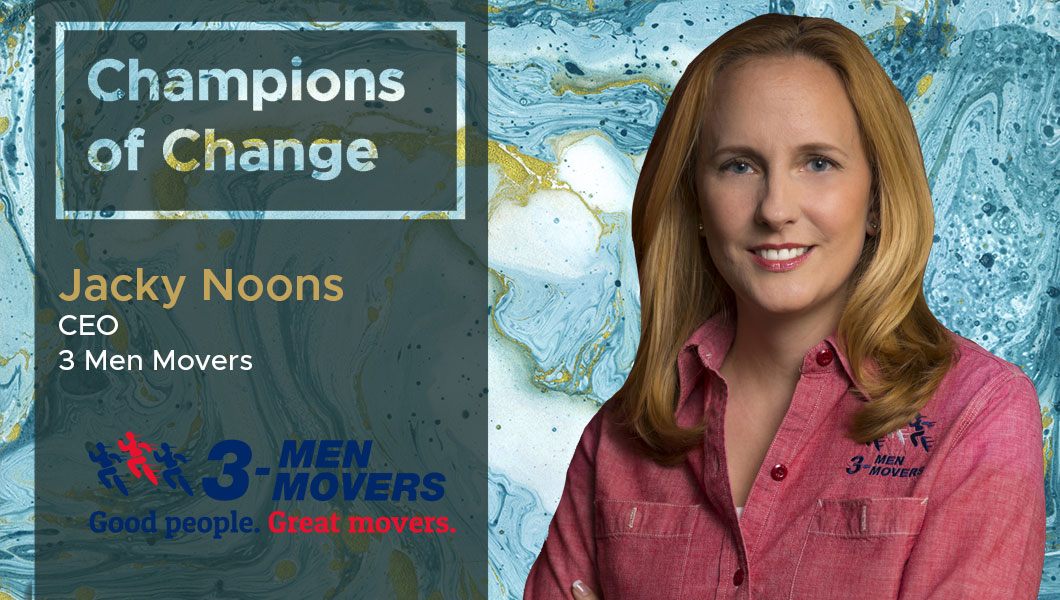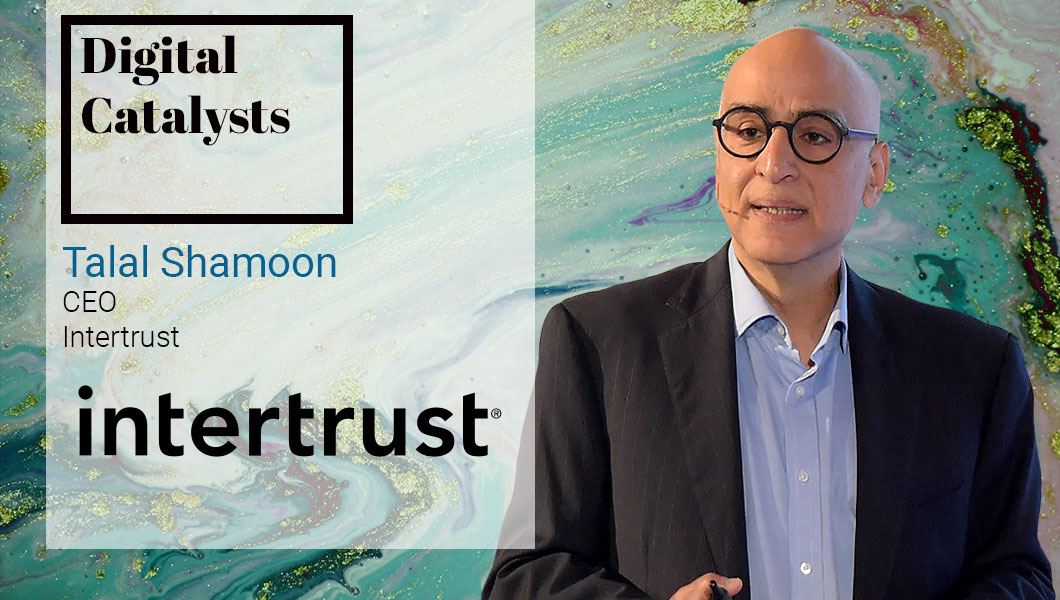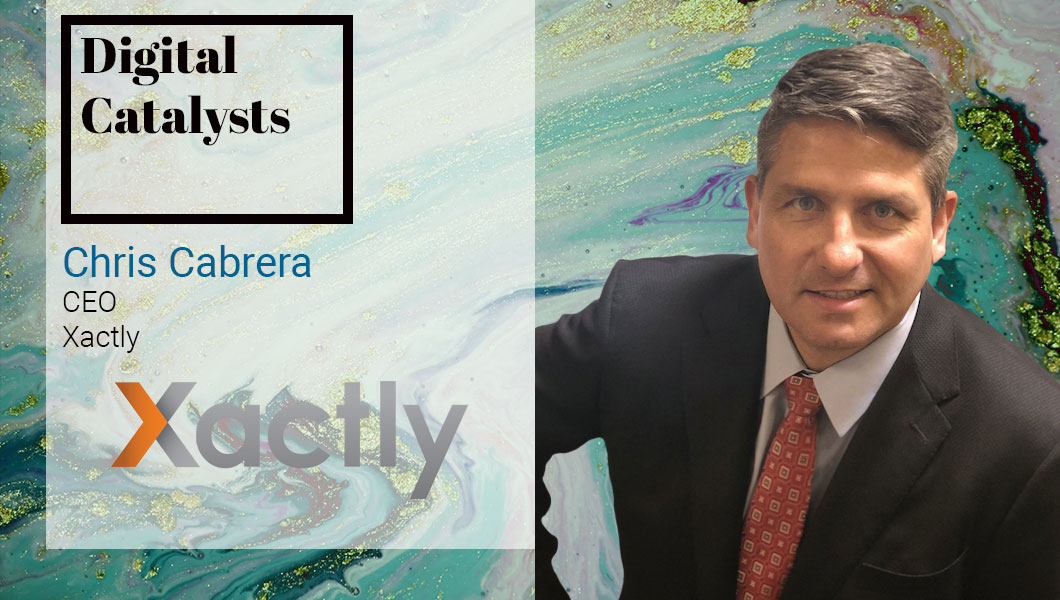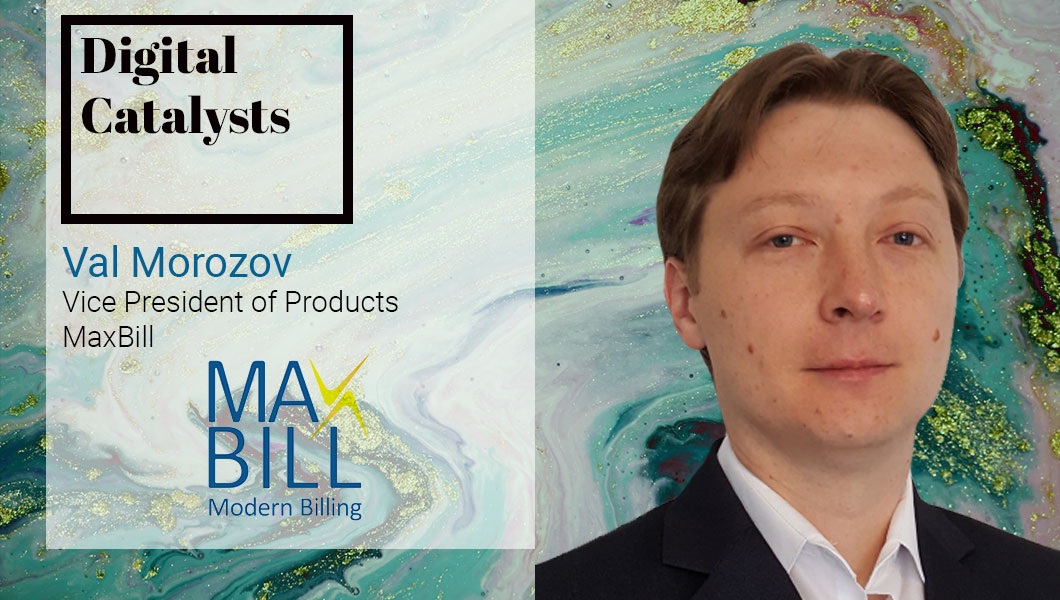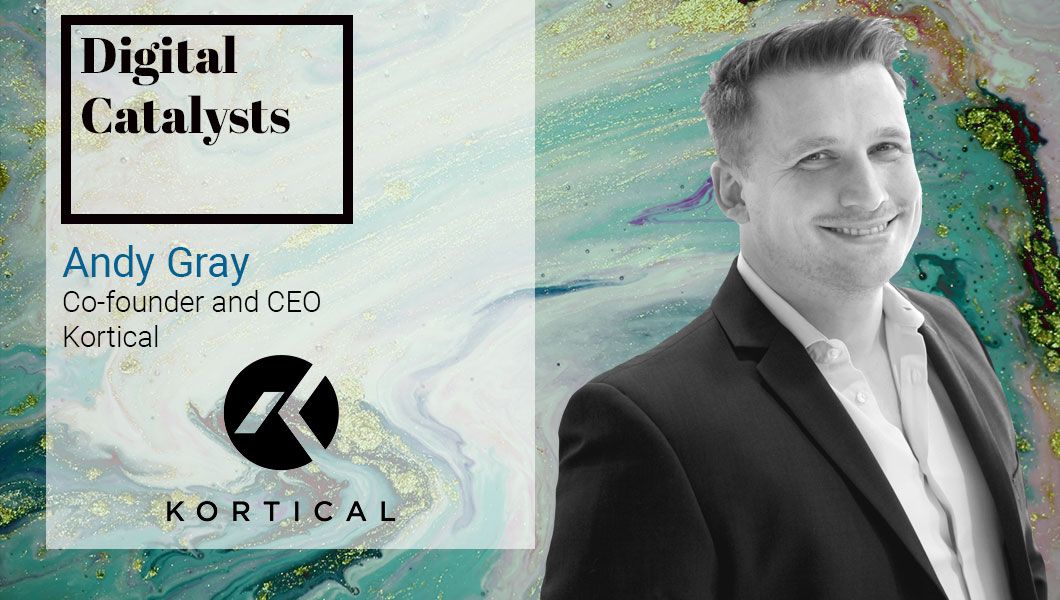Interview with Free Taylor, President at Pacific Office Interiors
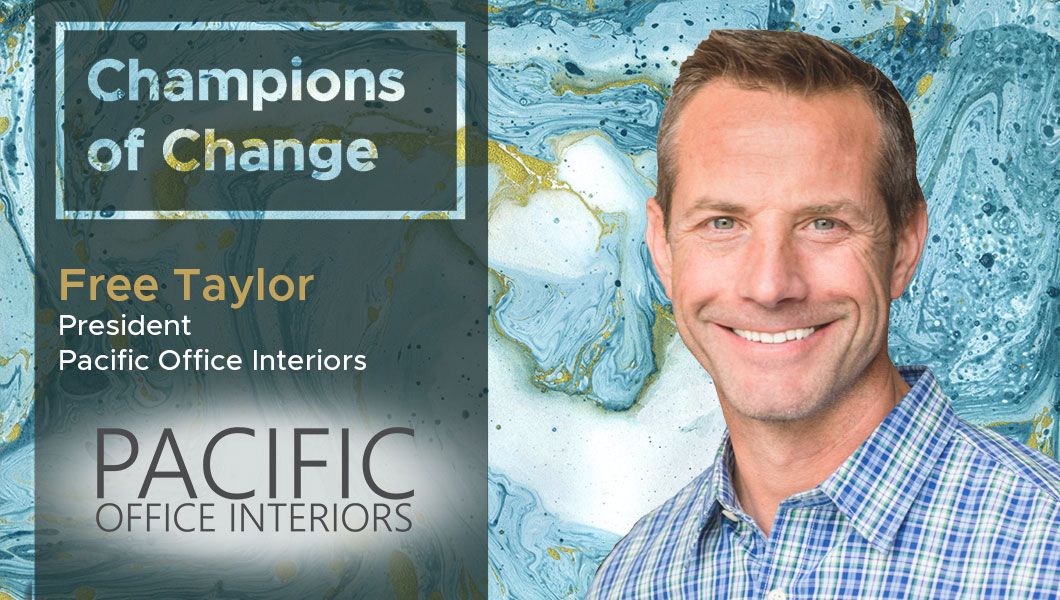
In this interview, Free Taylor, President at Pacific Office Interiors, discusses technological trends in the design industry, the effect of radical evolution in retail on the contract furniture and commercial design business, and empowering teams with the right tools for increased productivity. Free began his entrepreneurial journey at 16, by building his first business, a lawn care service, with more than 25 clients and produced over $75,000.00 in annual revenue. His early exposure to running a successful business instilled, in him, a curiosity about managing and leveraging money and, he worked as a licensed financial planner during his early twenties. Passionate about design, and what motivates people, Free found his calling more than 25 years ago in commercial interiors. At the young age of 24, Free purchased the company in 1996 and as President has successfully managed expansion and contraction, leveraged technology, cultivated human and intellectual capital, and fostered an enduring passion for quality and innovation among his team. Recognized in the industry, in an elite circle of forward-thinking leaders, Free continues to pursue growth wherever he may find it. Free considers his nearly 30 years of martial arts and his 10+ years with the Young Presidents’ Organization, as two of the more significant contributors to his overall health and happiness. Free currently serves as YPO’s Pacific U.S. Region Chair and has held numerous roles with the organization since 2006. He is the father of two young men, ages 21 and 24 and has resided in Ventura County for more than 30 years
TDE: Thank you so much for taking our questions! Tell us a little about your business and its history?
Free Taylor: Pacific Office Interiors began in 1986. After 30+ years, we’ve built an impressive resume, as a trusted resource and partner to hundreds of highly respected organizations. Our clients range from startups to global enterprises, across multiple business verticals, including corporate, education, healthcare and government.
We’re committed to creating and maintaining healthy, human-centered environments that optimize the nature of work, inspire high levels of performance, and create business results. Ultimately, we help organizations create environments people want to be in.
TDE: What are your thoughts on the current pace of digital transformation in your industry? Do you feel overwhelmed with the prospect of introducing technology solutions to manage & streamline parts of your business?
Free Taylor: Over the last 20 years, technology has radically been changing our ability to articulate and illustrate our design process. However, many of the practices within our industry remain little changed, since the 1940s. Accordingly, there’s tremendous opportunity for disruption and optimization. As speed, accuracy and client experience continue to become increasingly important, the urgency with which we must adopt and master new mediums can certainly feel overwhelming.
One challenge today is filtering through the clutter of products and promises. With so many digital transformation tools clamoring for our attention, making sure we invest our time and energy in the right solutions is paramount to our success in adopting them. We’ve found thorough due diligence, before adopting these new technologies, to be essential. We’ve shortcut this important step before, by latching on too early to the promised or proposed benefit.
TDE: What is the one technology trend within your industry that cannot be ignored?
Free Taylor: Wow! Only one…, geez, that’s too hard! How about a quick few.
The radical evolution in retail shopping is really being felt in the contract furniture and commercial design business. Our customers expect proactive communication, transparency and access, in all aspects of their business relationships. Our ability to predict their needs, while simplifying their buying experience, and making it more enjoyable, is critical. Adopting business systems to support this level of functionality and analytics is of extreme importance to our organization, and the people, our team, who use it every day.
Layering complementary technological tools, to rapidly convey intent and build consensus, is improving the speed and efficiency of our projects. One example is by leveraging improved mediums for visualization, web conferencing, and project management to support Design-In-Real-Time sessions, regardless of where our team and clients may be.
Work happens everywhere and when our entire team is fully connected, they become more effective and highly efficient – it’s one of the fastest paths to increased productivity.
We’re empowering our team with tools to drive and support digital artifact capture and organization. This ensures instant access to any and all pertinent information our clients need.
TDE: What has been the most significant technology integration/implementation so far, at your organization? Why? (could have impacted your employee efficiency, customer satisfaction, profit margins etc.)
Free Taylor: We have several technology investments we’re incredibly proud of. I’ll highlight a couple that coincide with the thoughts above.
We’re leveraging a tool by Configura, called Canvas. This is a design tool that allows us to build 3D spaces and showcase product solutions. We can do this in a fraction of the time it took us to do the same work in programs like AutoCad prior. Additionally, we’re able to quickly convert these 3D drawings into high quality renderings, even enabling virtual fly-throughs for our clients.
We’re using a tool called PlanGrid to help us manage countless project-related details in the cloud, so our employees have constant access. This tool gives us a central repository for every project, while automating many aspects of our design, project management and construction process.
TDE: Do you have a dedicated in-house IT team? What are some of the challenges your IT team and employees faced before, during and after bringing in this solution? How did you resolve them?
Free Taylor: We do not have an in-house IT team. We outsource this function. That said, they’re an essential ingredient in the success or failure of these programs.
TDE: What’s the internal technology challenge your organization aims to resolve in the immediate future? (could be internal workflow/workforce automation or having internal operations such as CRM, HR, Inventory powered by front end mobile apps)
Free Taylor: Our biggest challenge is finding enough capacity to lead, train, mentor and enforce the adoption of new technology systems. Heavy workloads can cause our team to become weary and speculative of new technology that promises to make their lives easier. Reinforcing our collective need to grow and evolve is important and making an effort to celebrate our success, while having fun along the way, helps everyone lean in a bit more.
TDE: From an external viewpoint are you considering using mobility solutions/mobile apps to promote/sell your products online, or to promote/sell your products to your dealers and allow them to order online?
Free Taylor: We’re clear mobile is the future. We must be where our customers are. We need to make it effortless for them to interface with us. This means always there and always on.
TDE: How do you keep yourself updated? What are some of the websites or magazines or apps that you subscribe to or read regularly?
Free Taylor: I’m a member of YPO, the premier leadership organization for chief executives. I’ve been a member of the organization since 2006 and currently serve as the Pacific U.S. Region Chair. With more than 27,000 chief executive peers in over 130 countries, I’m constantly exposed to truly exceptional businesses and leaders.
TDE: What’s your favorite social network – Instagram, Facebook, LinkedIn or Twitter?
Free Taylor: Instagram.
For more DX insights follow Free Taylor on LinkedIn


 By
By 

